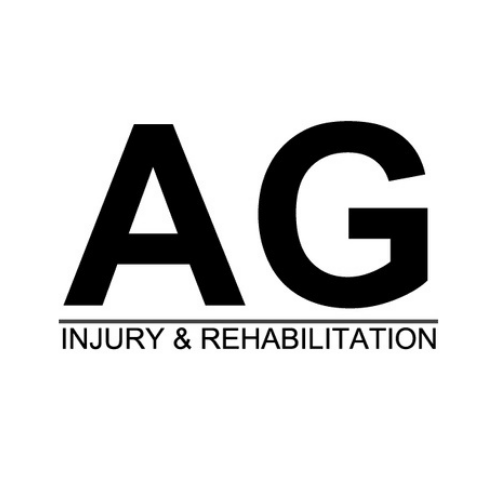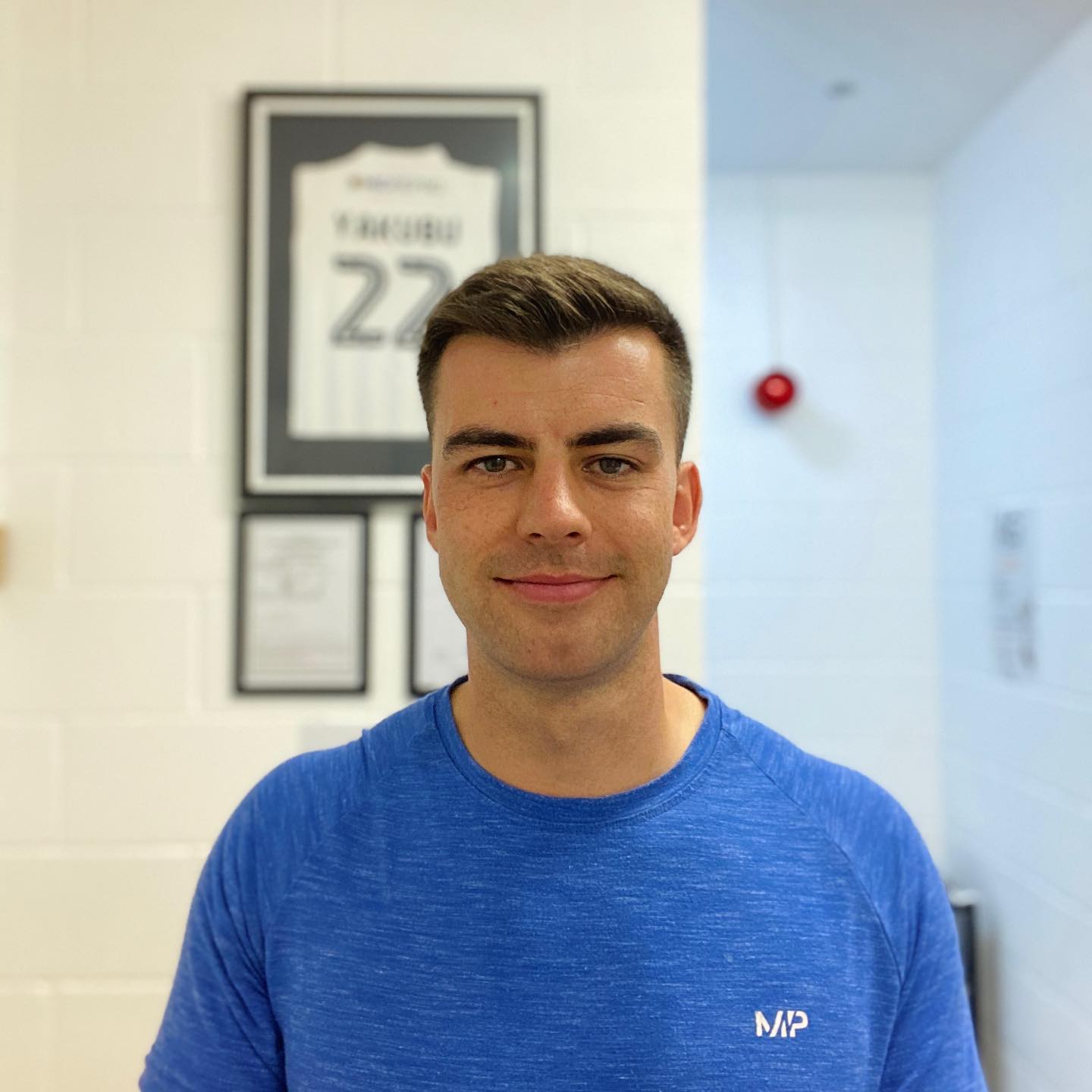Did you know that up to 70% of athletes experience anxiety about re-injury when returning to their sport? The journey back to competitive athletics after an injury involves much more than just physical healing - it's a complex interplay of physical rehabilitation, mental preparation, and careful progression.
Getting back in the game requires patience, dedication, and a strategic approach that addresses both body and mind. Whether you're a professional athlete or weekend warrior, understanding the challenges and best practices for returning to sport after injury can make the difference between a successful comeback and potential setbacks.
Common Challenges Faced When Returning to Sport After Injury
Athletes often face reduced strength and stamina when coming back from injury. Many find their previous fitness levels have dropped, requiring time to rebuild their physical capabilities.
The mental hurdles can be just as challenging as the physical ones. Many athletes experience anxiety about getting hurt again, which can affect their return to sport decision-making during play.
Self-doubt frequently surfaces as athletes question if they can return to their previous skill level. Adding to these concerns, athletes often feel pressure - both from themselves and others - to speed up their sports rehab therapy timeline, which can put them at risk for setbacks.
The Importance of Following Medical Advice and Rehabilitation Protocols
Medical professionals create specific recovery plans based on injury type and severity. These plans typically involve step-by-step exercises and activities that build strength and flexibility over time.
Skipping steps or rushing through recovery programs increases the chance of re-injury. Physical therapists and sports medicine doctors track progress through measurable benchmarks, adjusting rehabilitation treatment plans as needed.
Following prescribed timelines allows proper healing and reduces complications. Athletes who stick to their rehabilitation schedule are more likely to make a full recovery and return to their sport safely.
Gradual Return to Activity: The R.I.C.E Method and Beyond
The RICE protocol for injuries (Rest, Ice, Compression, Elevation) serves as a starting point for injury management. This traditional approach helps reduce swelling and pain in the initial stages of recovery.
Modern recovery protocols now emphasize active recovery alongside R.I.C.E. Light movement and gentle exercises, when appropriate, can speed up healing and maintain flexibility. Athletes should track their symptoms and adjust their activity levels based on pain, swelling, and range of motion.
Physical therapists often combine these methods with targeted exercises to build strength while protecting the injured area. Regular assessment helps determine when athletes can progress to more demanding activities.
The Role of Physical Therapy and Sports-Specific Rehabilitation
Physical therapy plays a key part in getting athletes back to their sport through targeted exercises and movement patterns. Therapists create personalized workout plans that focus on building strength, flexibility, and stamina specific to each sport's demands.
For example, baseball players might work on shoulder mechanics and rotational movements, while runners focus on lower body stability and gait training. These sport-specific exercises help athletes regain the exact skills they need for their particular activity.
Treatment plans change based on how well athletes progress, with exercises becoming more intense as strength training programs returns. Many athletes work with both physical therapists and athletic trainers to make sure they're ready for the physical demands of competition.
Rebuilding Strength and Conditioning
Core exercises form the foundation of post-injury recovery, helping athletes build stability for all movements. Starting with basic planks and bridges, athletes can progress to more complex movements as their strength returns.
Sport-specific drills help athletes regain the exact skills needed for their activity. A tennis player might start with basic footwork patterns, while a swimmer begins with dry-land exercises before returning to the pool.
Weight training should start light, focusing on proper form and control. Athletes can begin with bodyweight exercises, adding resistance gradually as their comfort level increases. Through Starting Strength training programs, athletes can rebuild their capabilities systematically. Low-impact cardio activities like swimming or cycling help rebuild endurance without putting excess stress on healing tissues.
The Importance of Proper Nutrition and Hydration in Recovery
Good nutrition directly affects how quickly and effectively athletes heal from injuries. The body needs specific nutrients to repair damaged tissues and build new ones. Protein intake becomes especially important, as it provides the building blocks for muscle repair.
Athletes should focus on eating foods rich in vitamins C and D, calcium, and zinc to support tissue healing. These nutrients help form collagen, strengthen bones, and reduce inflammation during recovery.
Water intake affects every aspect of healing. Athletes should drink enough water to maintain light-colored urine throughout the day. Sports drinks can help replace electrolytes lost through sweat during rehabilitation exercises.
Mental Preparation and Psychological Strategies
Visualization exercises help athletes regain confidence by mentally rehearsing successful performances. Athletes can picture themselves moving through game situations smoothly and without hesitation, which builds mental readiness for actual competition.
Setting small, achievable targets helps track progress and maintain motivation. Athletes might start with basic movement goals, then progress to sport-specific tasks as their confidence grows.
To manage anxiety about re-injury, athletes can use breathing techniques and positive self-talk. Working with sports psychologists or mental health professionals can provide additional tools for handling stress. Many athletes find that joining support groups or talking with others who've gone through similar recoveries helps them stay positive during rehabilitation.
Balancing Rest and Activity During Recovery
Getting enough sleep and downtime between rehabilitation sessions allows injured tissues to heal properly. Most athletes need 7-9 hours of sleep per night, with extra rest periods throughout the day.
Light activities like walking, gentle stretching, or swimming can help maintain fitness without overloading healing tissues. These movements keep blood flowing and prevent muscle loss while allowing injured areas to recover.
Watch for warning signs that indicate you're doing too much: increased pain, swelling, or stiffness that lasts more than 24 hours after activity. If symptoms worsen during exercise or daily activities, scale back and consult your healthcare provider about adjusting your recovery plan.
Adapting Training Routines to Accommodate Healing Injuries
Athletes returning from injury often need to adjust their normal training plans. This might mean reducing weights, shortening workout duration, or changing exercise types to protect healing tissues.
Low-impact options like swimming, stationary cycling, or elliptical machines help maintain fitness while reducing stress on injured areas. These activities allow athletes to work on sports rehab physical therapy without risking further injury.
Pay attention to how your body responds during and after workouts. If pain increases beyond mild discomfort or persists for several hours after exercise, scale back the intensity. Track symptoms in a training log to identify patterns and make smart adjustments to your workout routine.
The Importance of Patience and Listening to Your Body
Recovery takes time, and rushing back to sports can lead to setbacks. Athletes who try to speed up their return often face repeat injuries or longer healing periods.
Your body sends clear signals when something isn't right. Watch for increased pain during movement, unusual stiffness, or swelling that doesn't go away. These symptoms indicate you need to start sports rehabilitation slower.
Take a measured approach when getting back into your sport. Start with shorter practice sessions and lighter workloads, gradually building up intensity as your strength returns. Keep a daily log of how you feel during and after activities to track your progress effectively.
Strategies for Preventing Re-Injury
Using proper form and technique during sports activities reduces injury risk. Protective equipment like braces, tape, or specialized gear can provide extra support for previously injured areas.
Regular appointments with doctors and physical therapists help catch potential problems early. These check-ups allow for quick adjustments to training plans and prevent overuse injuries.
Creating a long-term plan that balances sports rehab physical therapy with recovery time helps maintain physical health. This includes scheduling rest days between workouts and mixing high-intensity sessions with lighter training days. Athletes should document their workouts and any physical responses to track patterns and adjust activities accordingly.
When and How to Safely Resume Full Participation in Sports
Athletes should look for key signs before returning to full competition. Pain-free movement through return to sport decisions, restored muscle strength, and full range of motion indicate physical readiness.
Start with practice sessions at 50% intensity, then increase gradually over several weeks. Many athletes benefit from joining team drills before participating in actual games. This step-by-step return allows the body to adjust to increased physical demands.
Keep a daily log of how your body responds to activity. Note any pain, stiffness, or fatigue that lasts more than 24 hours. If symptoms worsen, reduce intensity and consult your sports medicine team. Athletes who track their progress can make smarter decisions about advancing their activity levels.
The Role of Support Systems in Recovery
Having strong support from coaches, teammates, and family members makes a big difference in recovery outcomes. These people can offer practical help with exercises, transportation to appointments, and daily activities while an athlete heals.
Team members who have gone through similar injuries often provide valuable tips and emotional backing. Their experience helps injured athletes stay realistic about recovery timelines and avoid common setbacks.
Building connections with athletic trainers, sports rehab therapists, and other recovering athletes creates a helpful network. Regular check-ins with this support group keep athletes on track with their recovery goals and provide needed motivation during challenging moments.
The Importance of Proper Warm-Up and Cool-Down Routines
A thorough warm-up gets your body ready for physical activity and helps prevent injury recurrence. Start with 5-10 minutes of light cardio to increase blood flow, then move into sport-specific movements at a reduced intensity.
Cool-down routines after training or competition help your muscles recover and reduce next-day stiffness. Spend 10-15 minutes gradually lowering your heart rate through light movement and basic stretches.
Dynamic stretching before activity wakes up your muscles and improves range of motion. Follow workouts with foam rolling to release muscle tension and speed up recovery. These techniques keep your body flexible and reduce the risk of future injuries when returning to sport decisions.
Using Alternative Activities to Maintain Fitness During Recovery
Low-impact exercises help athletes stay fit while healing from injuries. Swimming and water jogging allow cardiovascular training without stressing injured joints or muscles. The water's buoyancy reduces pressure on healing tissues while providing natural resistance.
Stationary cycling offers another safe option for maintaining endurance. Athletes can adjust resistance and duration based on their sports rehab physical therapy. Yoga and Pilates build core strength and flexibility through controlled movements that respect injury limitations.
Cross-training with different activities prevents muscle imbalances and maintains overall fitness. For example, runners might combine pool workouts with gentle cycling to keep their cardiovascular system strong without impact stress.
Making a Safe and Successful Return to Sport
The path back to athletic participation after injury requires a delicate balance of physical rehabilitation, mental preparation, and unwavering patience. Success comes from following medical guidance, respecting your body's signals, and maintaining a strong support system throughout the recovery journey.
Remember that every athlete's recovery timeline is unique, and rushing the process often leads to setbacks. By taking a comprehensive approach that addresses both physical and mental aspects of recovery, while gradually building back to full participation, you can maximize your chances of a strong and sustainable return to sport.

